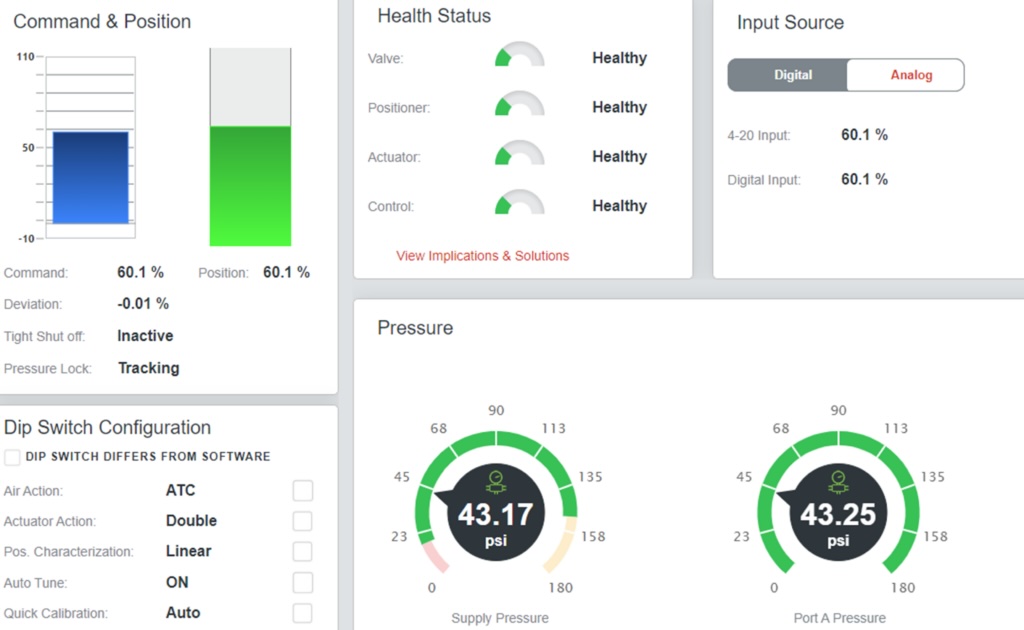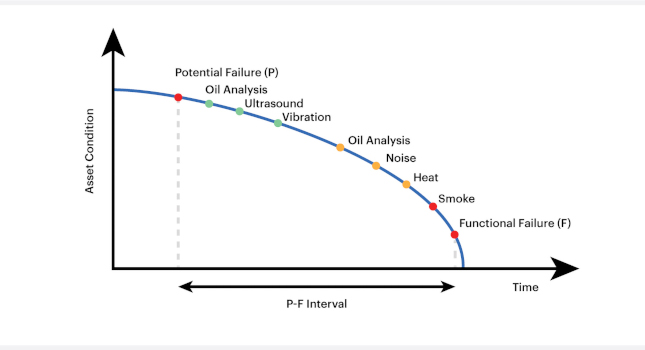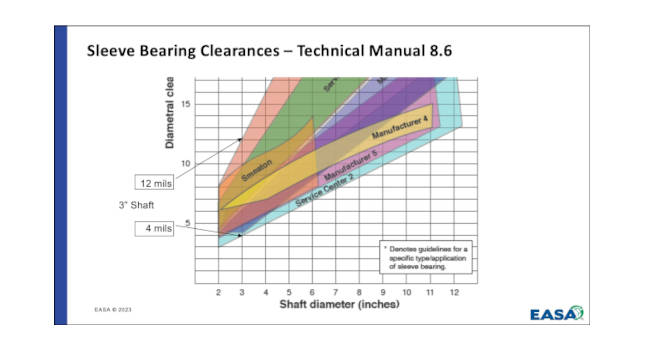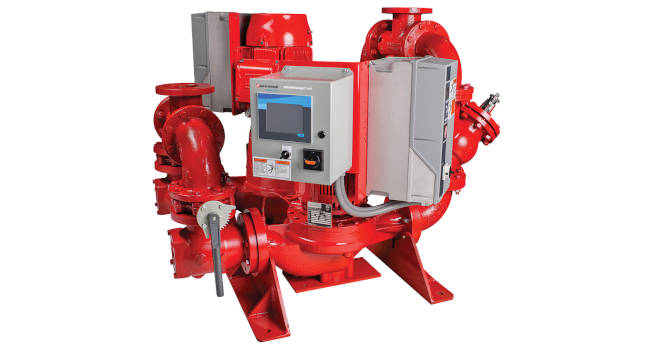Choosing the right freeze protection can prevent damage from water supply disruptions, which can have adverse effects on a plant facility.
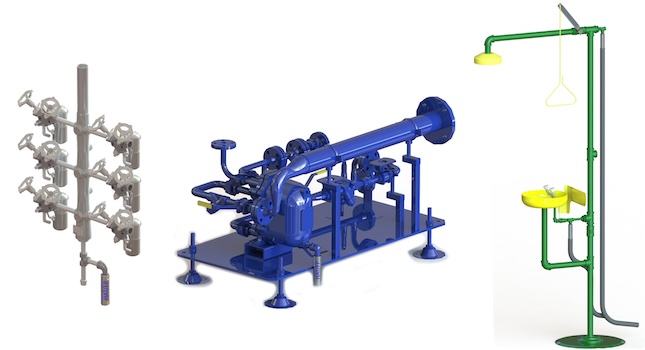
Learning Objectives
- Identify freeze-vulnerable areas, assessing criticality and climate severity for tailored freeze protection strategies in facilities.
- Differentiate between insulation, electric tracing and valve-based methods for effective freeze safeguarding systems.
- Evaluate the effectiveness and cost efficiency of thermostatic freeze protection valves for diverse industrial applications.
Pipes and pumps insights
- Protecting water-bearing equipment in winter involves assessing risks, employing insulation, heat tracing and thermostatic valves for safeguarding.
- Employing diverse freeze protection methods — from insulation to specialized valves — mitigates freezing risks and ensures uninterrupted facility operations.
Maintaining water-bearing equipment in a facility can be tricky, especially in wintertime. Ensuring piping, safety showers, condensate systems and pumps are kept from freezing conditions comes with several challenges. When these systems are exposed to freezing temperatures, they become vulnerable to damage and water supply disruptions, which cause hazardous working conditions.
Freeze protection is critical in applications such as:
-
Piping, valves and fittings
-
Pumps
-
Filtration systems
-
Holding tanks
-
Condensate systems
-
Fire lines
-
Freeze-sensitive equipment
-
Backup protection on traced systems/equipment.
A common misconception is the system will continue functioning when water is at freezing temperatures as long as the water is “moving,” which is untrue. Water expands and freezes at 32 °F, regardless of flow rate and pipes can burst.
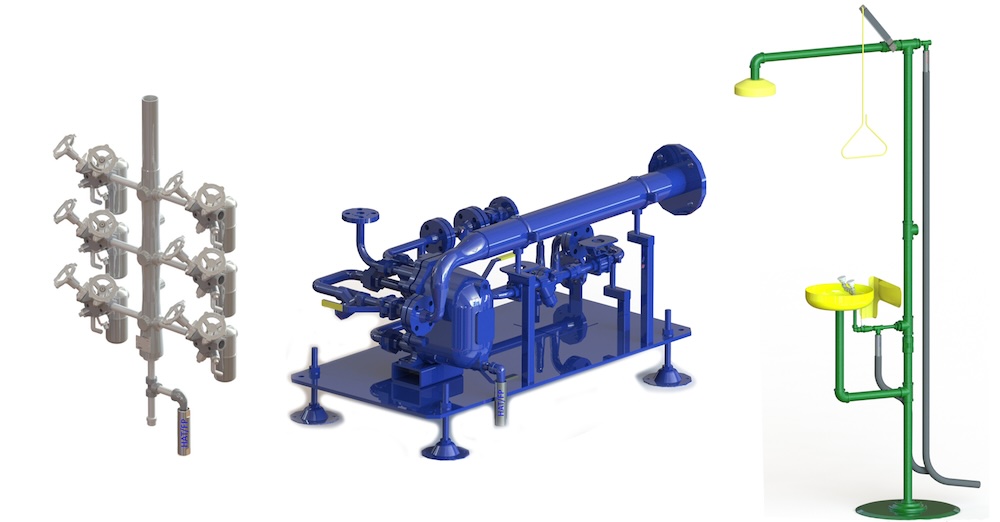
Eight ways to determine which freeze protection works best
Factors to consider are the location of the machinery, temperature variations, the presence of outdoor or exposed sections and the criticality of the water supply. Assessing the facility’s specific machinery and water systems is vital to determining the most appropriate freeze protection methods. Different areas of the facility may require different strategies or multiple approaches. The severity of the winter climate should also be considered.
There are various ways to protect water lines:
-
Pipe insulation: Pipe insulation is a commonly used method to help protect pipes from freezing by wrapping the pipes with insulating material, such as foam or fiberglass, to provide a barrier against the cold. Insulation reduces heat transfer and helps maintain a more stable temperature within the pipes. This is good practice but is not always enough protection to prevent freezing in extreme weather conditions.
-
Electric heat tracing: This process installs electric heating cables along the length of the pipes. These cables generate heat that keeps the pipes warm, preventing freezing. This method can be expensive and vulnerable to power outages.
-
Pipe taping: Pipe taping involves wrapping the pipes with specially designed heat tape or heating cables, generating heat to keep the pipes warm. Pipe taping is suitable for smaller pipes or localized freezing areas.
-
Pipe-heating cable systems: Pipe-heating cable systems require electricity to function and consist of versatile, self-regulating cables that automatically adjust their heat output based on the surrounding temperature. The cables are installed on the pipes and provide constant heat to alleviate freezing. In very cold conditions, pipe-heating cable systems could struggle to keep up with the demand for heat, especially if the system is not designed for extremely low temperatures.
-
Backup generators: In the case of power outages, backup generators can provide additional protection for freeze-prone areas. They ensure essential equipment, such as heat tracing systems or pipe-heating cables, continues functioning even during power failures.
-
Space heaters: Using space heaters to warm the air around the pipes can provide temporary freeze protection. This method is suitable for small, localized areas or temporary setups.
-
Manual valves: By providing a means to control water flow in a piping system, these valves are manually operated, allowing users to open, close or partially restrict the water flow.
-
Thermostatic freeze protection valves: Freeze protection valves are a specialized type of valve that prevents freezing in piping systems. These valves automatically open when the temperature drops below a certain set point, allowing a controlled water flow to prevent freezing. When the temperature rises, the valves close.
Low temperatures can turn worst-case scenarios into reality without adequate protection. Upholding diligent maintenance and awareness during cold weather can avert expensive and inconvenient repercussions from frozen pipes. Even heat-traced systems risk freezing in the event of an electric tracing malfunction.
Once freeze protection is in place, facility maintenance personnel have a better chance of working safely and protecting their equipment from freeze damage.
Utilizing temperature-sensing freeze protection
Manual valves are an easy solution for freeze protection to implement, but this introduces the risk of human error (forgetting to turn the valves on or off). Choosing a self-actuating, non-electric freeze protection method can offer superior protection for water systems compared to other techniques.
Thermostatic freeze protection valves prevent water from freezing within pipes and systems by monitoring temperatures and adjusting flow. Utilizing thermal actuator technology, they sense the water or air temperature and will open to bleed off the cold water until it reaches a safe level. Because the valve functions without power, it is ideal for explosion-proof and remote areas.
Freeze protection valves are useful in intermittent water flow or when power is not readily available for heat tracing systems. They are used in industrial settings such as oil refineries, chemical terminals and processing facilities to forestall freezing within their systems.
Freeze protection solutions for piping
Water line thermostatic freeze protection valves often use a specifically designed thermostatic wax actuator technology with an “install it and forget it” approach, simplifying the management of freeze protection.
A HAT/FP valve allows flow when the thermostatic actuator senses 35 °F and will remain open as long as the discharge water temperature is below 40 °F. Installed in the standard flow direction, the actuator will sense the ambient temperature and open to initiate flow, then respond to water temperature.
Installed in the reverse flow direction, the wax actuator will always sense and respond to the water temperature to control the flow. Once the water temperature is above the freeze danger zone, the valve will modulate closed to conserve water.
The main benefit is cost savings; once installed, they require no additional power source and only activate when the water temperature is near freezing. Thermostatic freeze protection valves operate independently. They also help prevent frozen piping with the facility’s systems and offer the convenience of a low-maintenance, long-lasting solution, protecting against freeze damage for all applications.
“If systems are left unprotected, damage in piping can occur, so safeguarding your machinery with freeze protection valves offers a sense of security, knowing your systems are protected and won’t freeze due to unpredictable weather or a sudden cold snap,” said Tim McCollum, ThermOmegaTech OEM sales manager.
